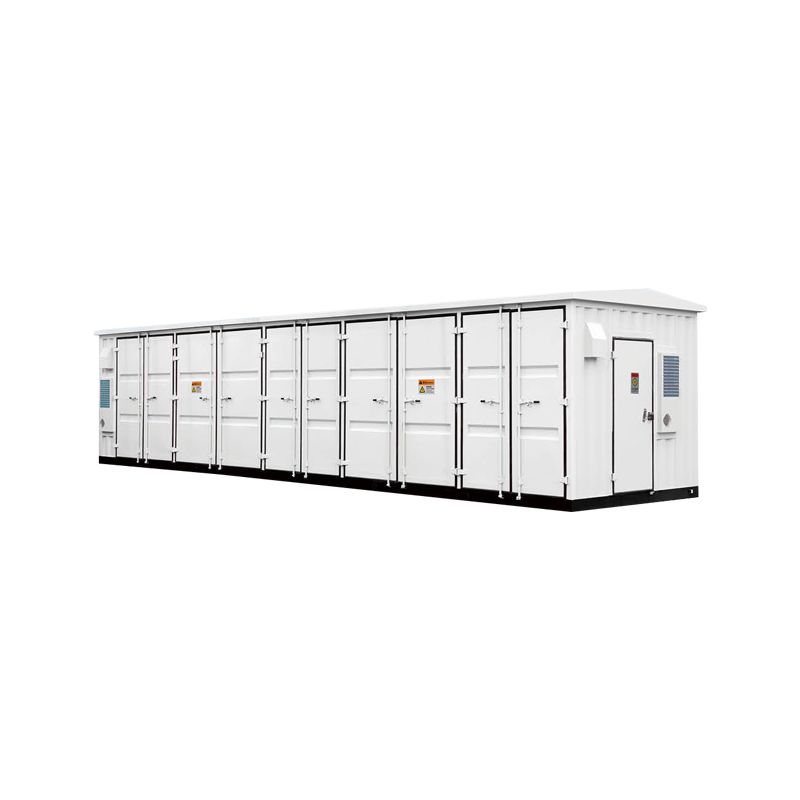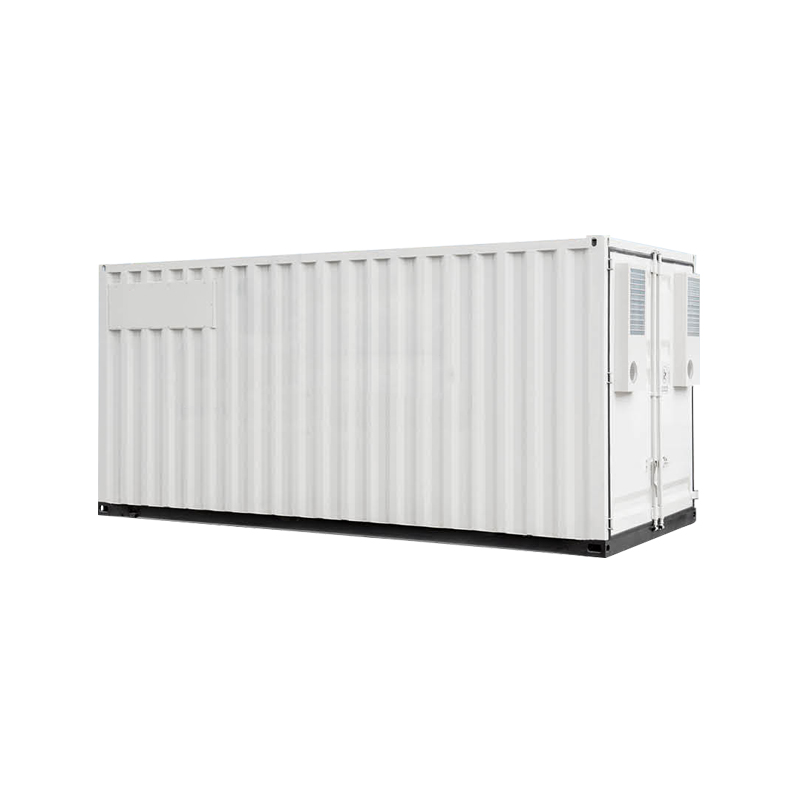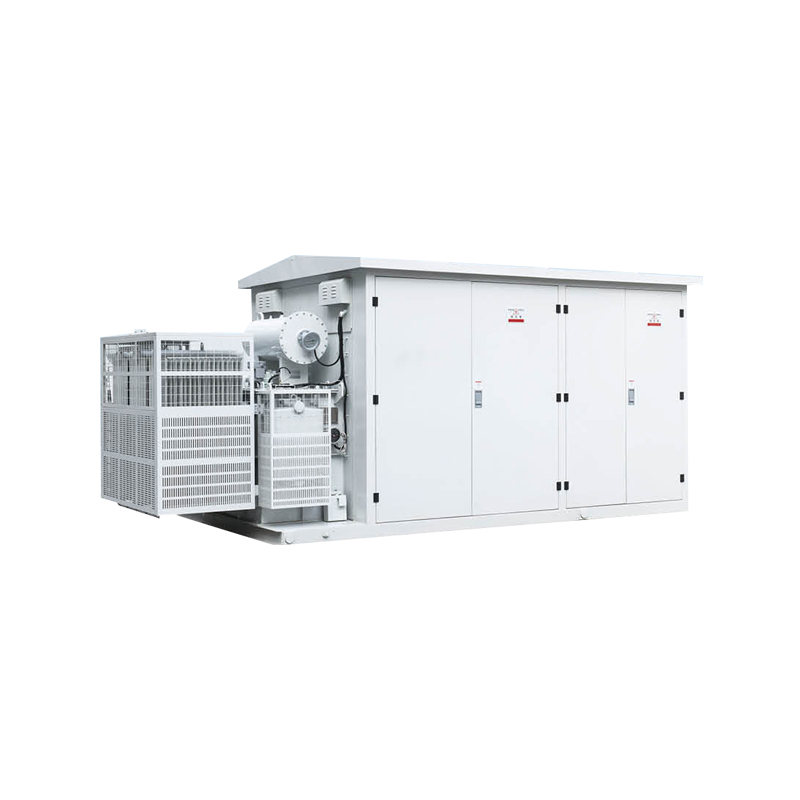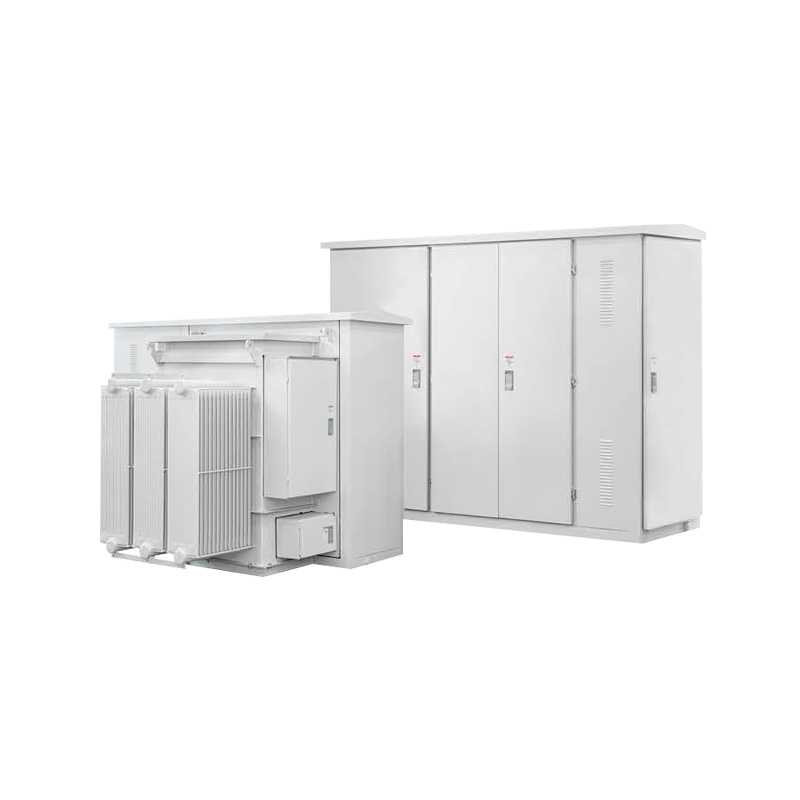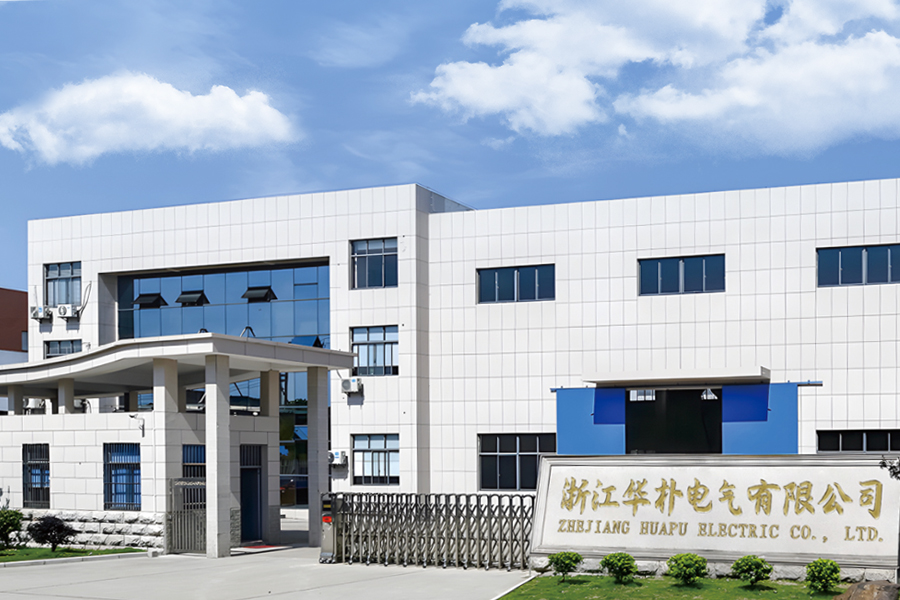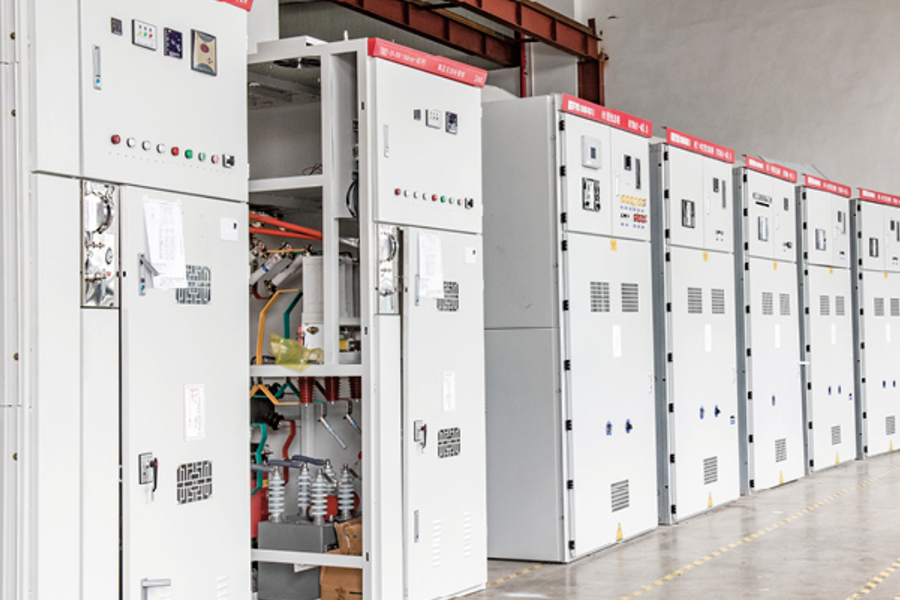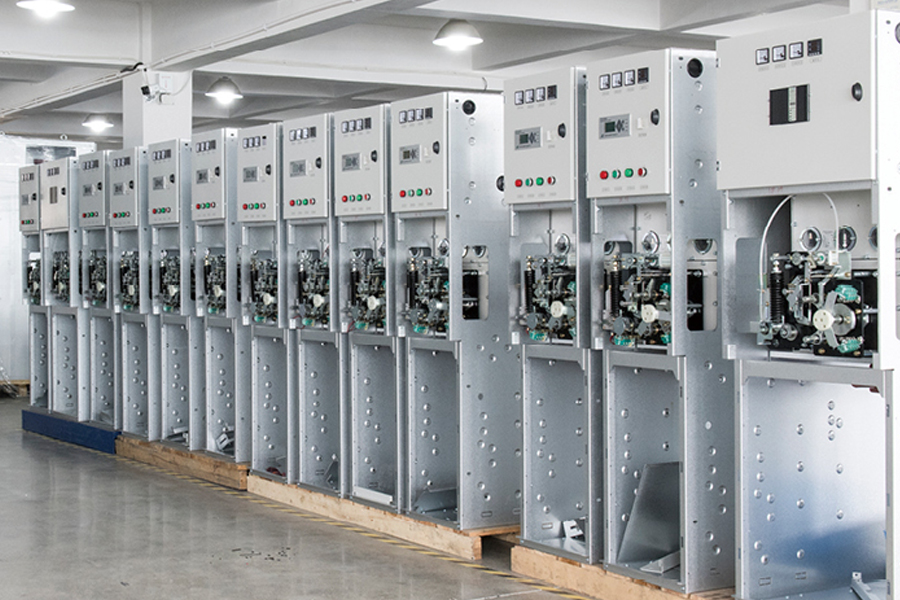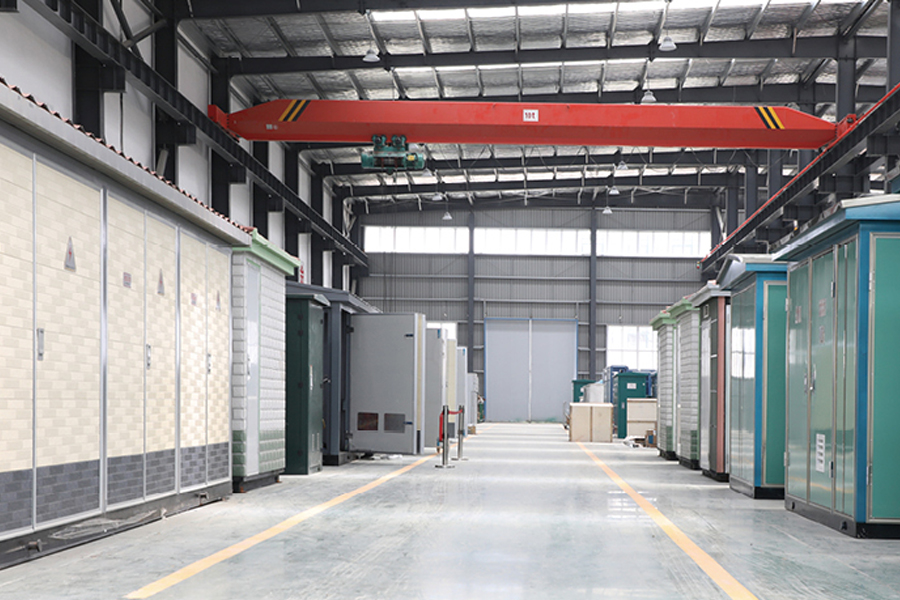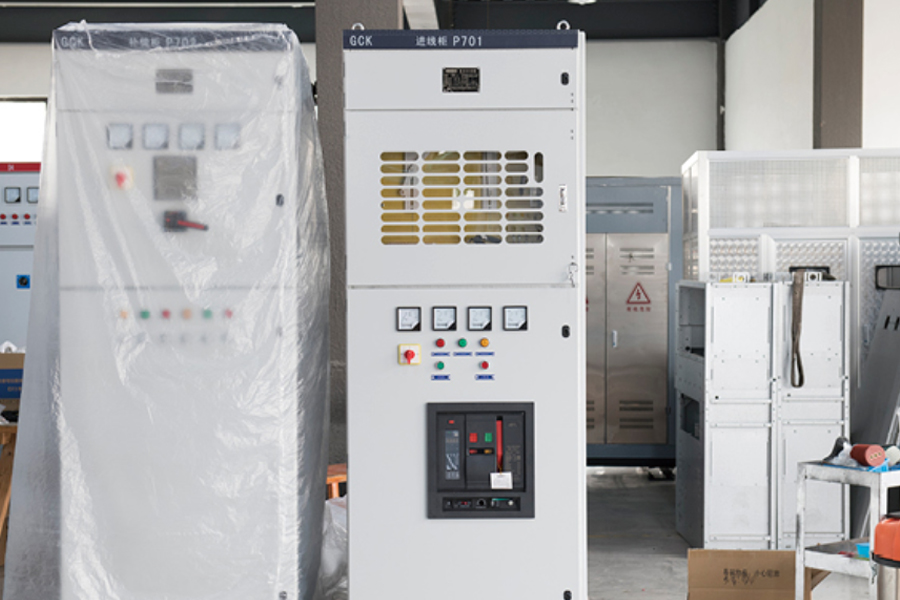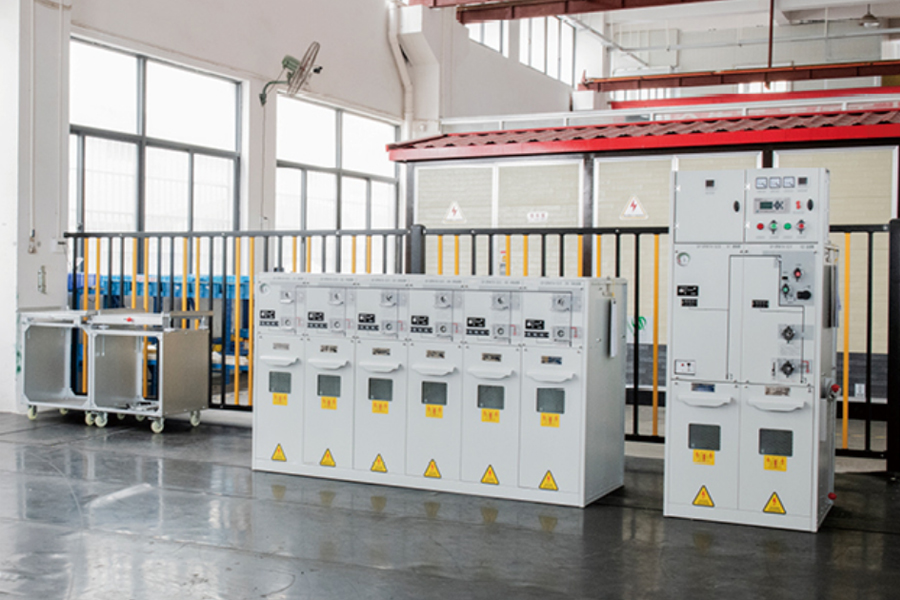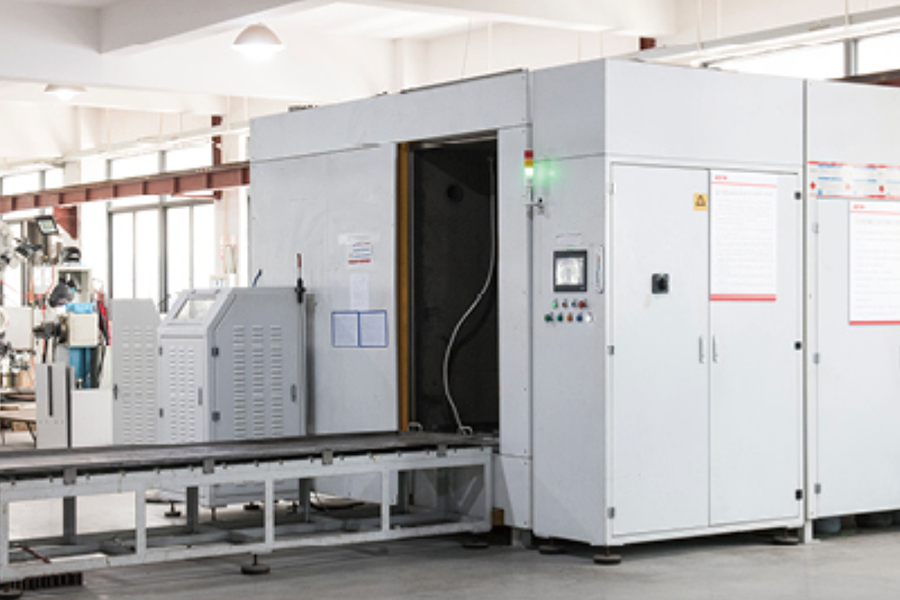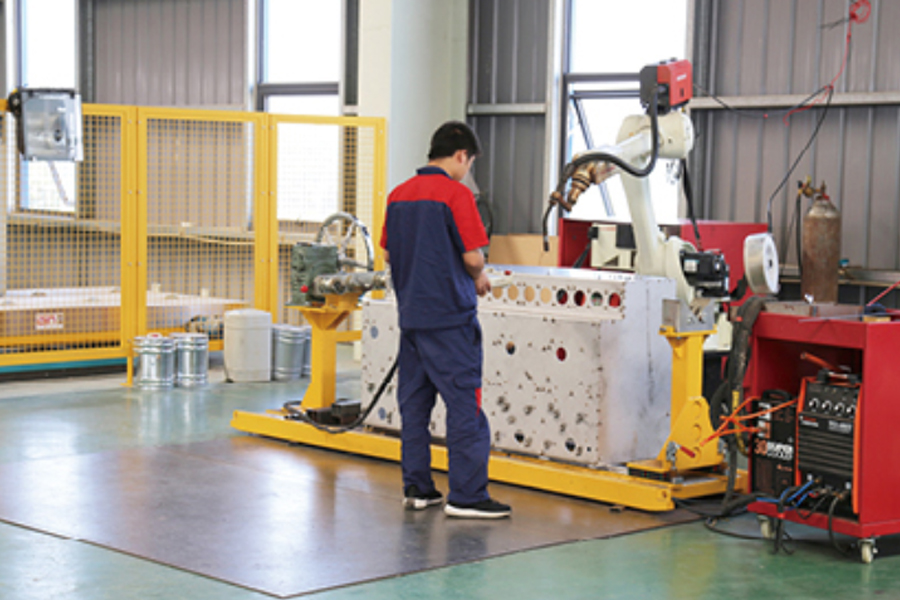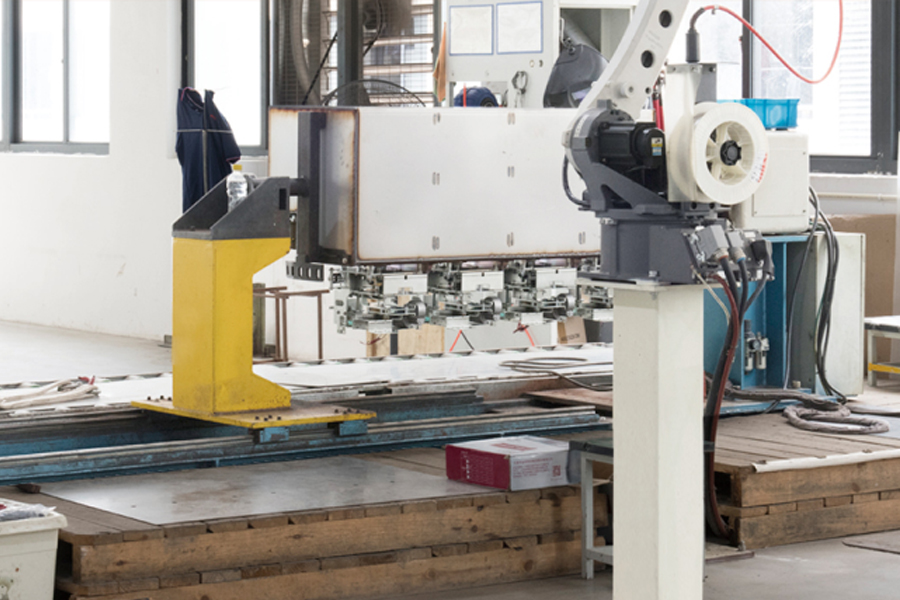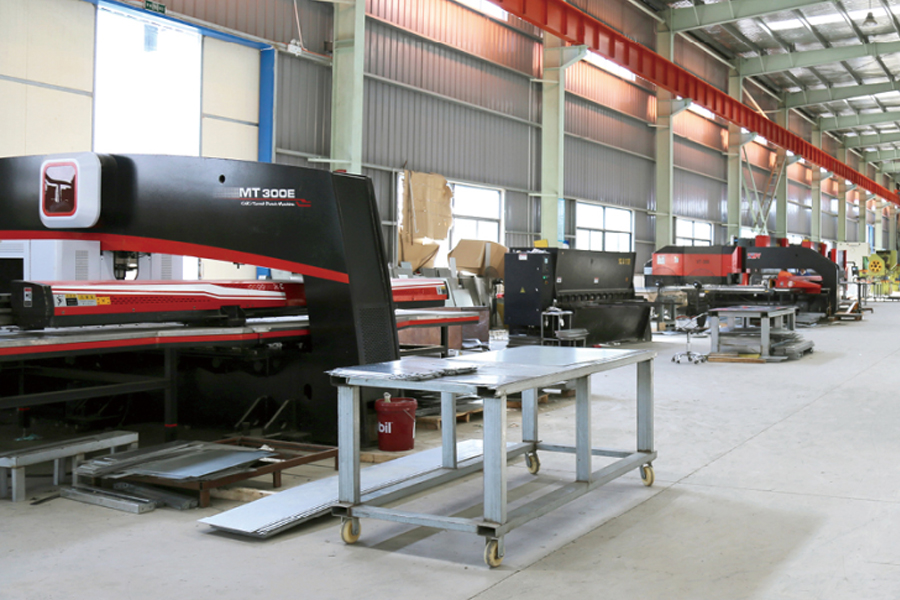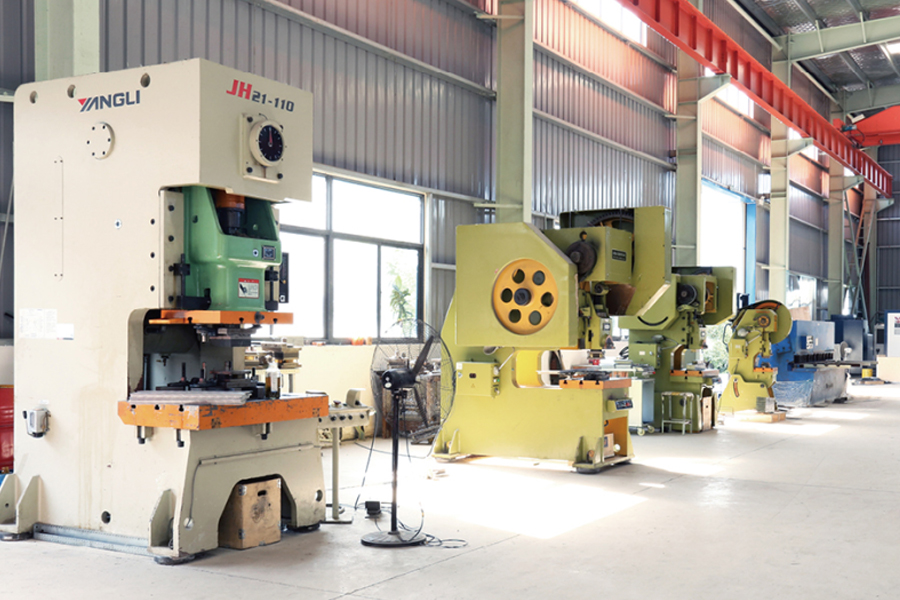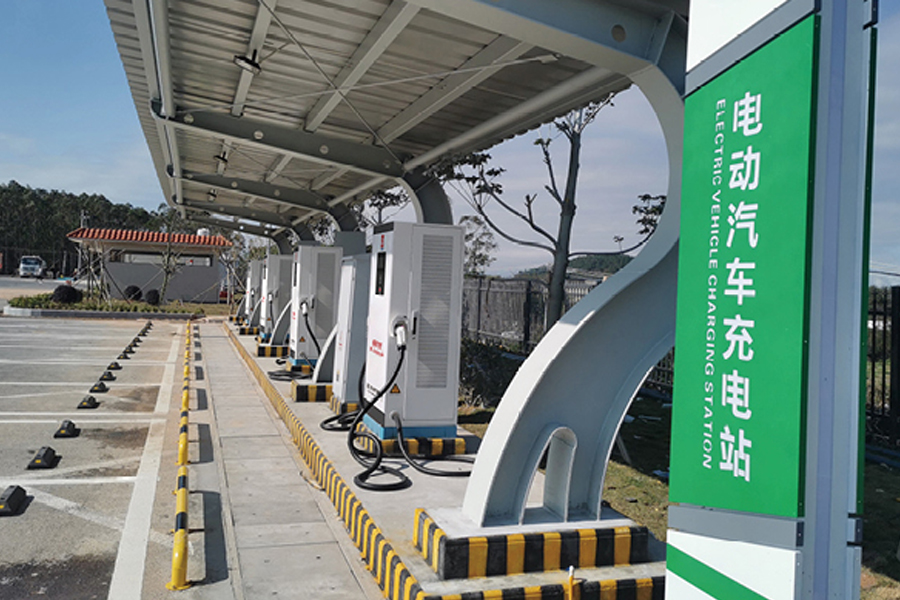The New Energy Storage Photovoltaic Cabin concept is gaining attention as solar energy systems increasingly integrate ba...
READ MORENew Energy Storage Photovoltaic Cabin Manufacturer
New Energy Power Distribution Equipment plays a pivotal role across various sectors. It is widely used in residential renewable systems, such as rooftop solar panel networks, where it helps manage energy flow between generation units, household consumption, and battery storage systems. In commercial and industrial facilities, the equipment ensures the reliable distribution of energy from renewable sources, allowing for peak load shaving, energy cost savings, and increased energy resilience. It also supports electric vehicle (EV) charging infrastructure, optimizing energy allocation and supporting vehicle-to-grid (V2G) applications.
Features
This new generation of power distribution equipment is defined by its intelligence, flexibility, efficiency, and robustness. Featuring modular design, the equipment is adaptable to diverse system scales and energy demands, making installation and upgrades seamless. The use of advanced digital control systems allows real-time monitoring, diagnostics, and automation, leading to smarter decision-making and reduced human intervention.
With high thermal and electrical efficiency, the equipment minimizes energy loss during transmission and conversion, enhancing overall system performance. Its environmentally-friendly materials and design not only comply with international safety and sustainability standards but also contribute to the reduction of carbon emissions. The equipment is typically weather-resistant, corrosion-proof, and built to withstand harsh environmental conditions, ensuring long-term reliability in both indoor and outdoor settings.
A key distinguishing feature is its cybersecurity readiness. In an increasingly connected grid, safeguarding communication and control systems is critical. The equipment is designed with secure communication protocols, encrypted data transmission, and multi-layer protection against cyber threats.
Search
Categories
-
New Energy Power Distribution Equipment(6)
-
Box Type Substation(3)
-
Cable Branch Box/Switch Station(3)
-
High Voltage Switchgear (23)
-
Low Voltage Switchgear(16)
-
Engineering Vacuum Circuit Breaker(2)
-
New Energy Vehicle Floor Charging Pile(9)
-
Commercial Energy Storage(3)
-
Photovoltaic Complete Box(8)
-
High Voltage Arrester(54)
-
-
The concept of the Mobile Photovoltaic Cabin is gaining attention among project developers, emergency-response teams, an...
READ MORE -
In the era of decentralized energy systems, the Distributed Photovoltaic Power Station concept moves from industry jargo...
READ MORE -
In household solar systems the Integrated Photovoltaic Inverter plays a key role in translating panel output into usable...
READ MORE
An Integrated Photovoltaic Inverter is a compact device that combines the functions of a solar inverter with additional system components to manage and convert direct current (DC) from solar panels into usable alternating current (AC). Designed for residential, commercial, or small industrial installations, it simplifies the solar power system by reducing the need for separate equipment. The integrated design often includes features such as monitoring, protection circuits, and communication interfaces. It supports efficient energy conversion and helps maintain the stable operation of the solar system. Its streamlined structure makes installation and maintenance more convenient in various settings.
How Energy Storage Cabins Support Off-Grid Power Needs
A New Energy Storage Photovoltaic Cabin is a compact, modular unit that combines solar energy generation with battery storage to supply power in off-grid or backup scenarios. These cabins are often used in rural areas, construction sites, emergency relief zones, or temporary facilities where access to traditional power infrastructure is limited or unavailable.
Equipped with photovoltaic panels mounted on the cabin structure or its surroundings, the system captures solar energy during the day. This energy is then stored in integrated batteries, which can provide electricity at night or during cloudy periods. The cabin includes a control system to manage energy input and output, protecting the system and optimizing power flow.
The design emphasizes mobility, easy installation, and adaptability to various environments. These cabins can operate independently or be connected to a microgrid for more flexible energy sharing. Some models may also feature climate control, lighting, charging ports, or basic electrical appliances, depending on the application.
By integrating energy generation and storage in a single unit, the photovoltaic cabin reduces reliance on fuel-based generators and supports cleaner power solutions. It is especially beneficial in areas where stable power is essential but difficult to access.
Integrating Renewable Sources with Smart Power Distribution Equipment
New Energy Power Distribution Equipment refers to systems and devices designed to manage, control, and distribute electricity generated from renewable sources such as solar, wind, or energy storage systems. These units are tailored to meet the changing demands of modern energy grids that increasingly rely on decentralized and variable energy inputs.
The equipment typically includes components such as switchgear, transformers, inverters, circuit breakers, and monitoring systems. These elements work together to ensure safe and reliable energy flow from the generation source to the end user. Intelligent features, including remote monitoring, load balancing, and fault detection, are often integrated to improve operational efficiency and maintenance response.
This type of distribution equipment plays a crucial role in connecting renewable energy systems to larger grids or local energy networks. It helps maintain voltage stability, manage fluctuations in power supply, and ensure compatibility between energy sources and consumption needs. Some configurations are modular, allowing for easy expansion or relocation in mobile or temporary installations.
The growing use of clean energy solutions requires flexible and responsive distribution infrastructure. New Energy Power Distribution Equipment supports this transition by enabling better integration of distributed energy resources. It contributes to building smarter, more resilient power systems that can adapt to evolving environmental and technological requirements.
Incorporating digital control and sustainable engineering principles, this equipment helps bridge the gap between renewable generation and practical power delivery, ensuring energy reaches users safely and efficiently.



 English
English  中文简体
中文简体  русский
русский  Español
Español  عربى
عربى 

